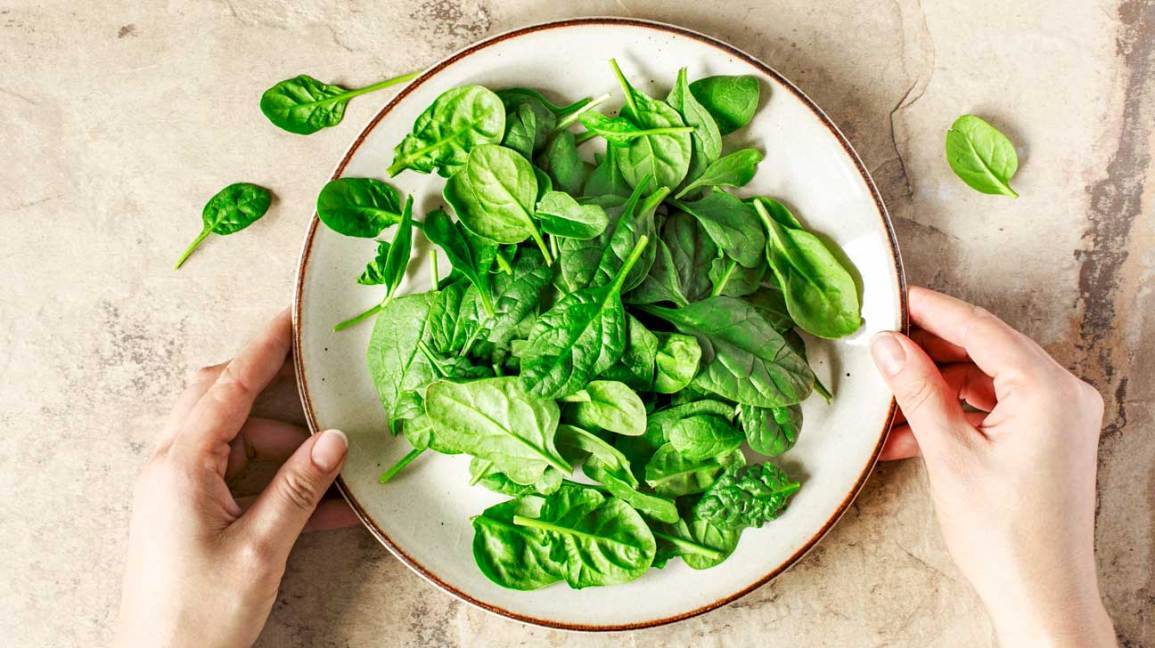
With the onset of the winter season, India begins its Rabi cropping season making winters a time to properly cultivate crops that would become a great source of nutrition for the body and mind. Listed below are our top picks for your winter vegetable garden.
Cauliflower
-
Cauliflower is one of the most important and popular winter vegetables and plays an important role in Indian agriculture. It is a common vegetable that belongs to the cabbage family. Seeds are first planted in shaded seedbeds or seedling trays. After 30-35 days of seeding, healthy seedlings are moved to raised beds.
-
To produce large cauliflower heads, plants require a chilly temperature and enough sunlight. ‘Cauliflower curd' should be ready for harvest in 85-90 days following implantation. If conditions are unfavourable, cauliflower may experience 'bolting' (early flowering with no curd) or 'buttoning' (tiny non-edible heads).
- A good seed, the right season, and a cold, moist environment around the veggie are all essential.
Onion
-
Although the onion is a temperate crop, it may be produced in a variety of climates including temperate, tropical, and subtropical climates. The best results are obtained in mild weather, free of extremes of cold and heat, as well as significant rains. On the other hand, onion plants are tough and can endure freezing temperatures in their early stages.
-
Onion seeds are placed in seedbeds during the winter season, and one-month-old seedlings are transplanted into raised beds. Plants demand full sun and regular watering. Depending on the variety, onions are ready to harvest 80-100 days after transplantation.
Capsicum
Capsicum, commonly known as sweet pepper, bell pepper, or Shimla Mirch, is one of India's most popular veggies. Per 100 g fresh weight, it contains Vitamin A (8493 IU), Vitamin C (283 mg), and minerals such as Calcium (13.4 mg), Magnesium (14.9 mg), Phosphorus (28.3 mg), and Potassium (263.7 mg).
Capsicum is a winter-season crop, but it may be grown year-round in covered structures with controlled temperature and relative humidity (RH). This crop demands temperatures of 25-300°C during the day and 18-200°C at night, with a relative humidity of 50-60%. Fruit setting is harmed if the temperature rises above 350°C or dips below 120°C.
Tips to grow capsicum at home:
-
Capsicum germinates well when the temperature ranges between 18 C to 35 C.
-
Plant in a sunny spot that receives 4-5 hours of direct sunlight.
-
Keep a plant to plant distance of 12-15 inches
-
The ideal time to grow capsicum in north India is around summers. Whereas, it can be grown all year round in the southern parts of India.
Carrot
The carrot (Daucus carota) is a root vegetable that is frequently touted as the healthiest food on the planet. It's crunchy, delicious, and packed with nutrients. Beta carotene, fibre, vitamin K1, potassium, and antioxidants are all abundant in carrots. They also provide a variety of health advantages. They're a healthy weight-loss snack that's been linked to decrease cholesterol and better eye health. Furthermore, the antioxidants in its carotene have been associated with a lower risk of cancer.
Tips to plant carrots at home:
-
Carrots should be planted at a depth of around 1cm in the soil. This guarantees that the plant germinates in about 2-3 weeks.
-
If you're going to plant the crop in many rows, make sure each plant is at least 15cm apart to give them ample room to flourish
-
Once the leaves emerge, thin the spacing to 8cm apart.
-
If you don't thin the plants, you can harvest and eat baby carrots.
-
Carrots may also be grown in a container inside, but they must be exposed to sunshine for at least 3-4 hours each day.
-
Carrots grown in a container, on the other hand, should be transplanted to the garden after they are 1-2 weeks old.
Spinach
(Spinacia oleracea) is a green leafy vegetable of Persian origin. It is associated with beets and quinoa and belongs to the amaranth family. It is also considered very nutritious as it is rich in minerals and antioxidants. Eating spinach can help eye health, oxidative stress, cancer prevention, and blood pressure control.
-
Make sure the area where you plan to plant the seeds has a good balance of light and shade. Also, make sure the soil is well-drained and has a pH of 6.5 to 7. You can also make the soil richer by adding additional nutrients in the form of compost or manure.
-
Prepare the soil with aged fertilizer at least a week before planting the seeds.
-
Plant the seeds half an inch deep in the soil, with at least 3" - 4" between them. This will allow the plants to spread their roots and flourish.
-
Keep the soil wet during the germination period to speed up the process.
-
Thin the seedlings to roughly 2" - 3" tall as soon as they reach a height of 2".
-
Always monitor the amount of water you are giving your plants. You have to ensure that the soil remains moist. Do not overwater them. It is advisable to water early in the morning so that the plants can absorb the water throughout the day.
-
Keep an eye on the growth of your plants. You don’t want pests and diseases affecting them.
-
Bolting is another prevalent concern with spinach plants, in addition to pests and diseases. Your spinach plants are bolting if they are going to seed. During the last phases of the development process, this might be caused by a lack of water, too much sun, or too much heat. To prevent bolting, remove the plants as soon as possible; otherwise, the leaves will turn bitter and inedible. Alternatively, you may let your spinach plants flower.
-
Spinach should be ready for harvest in approximately 60 days or 45-50 days if well cared for.











